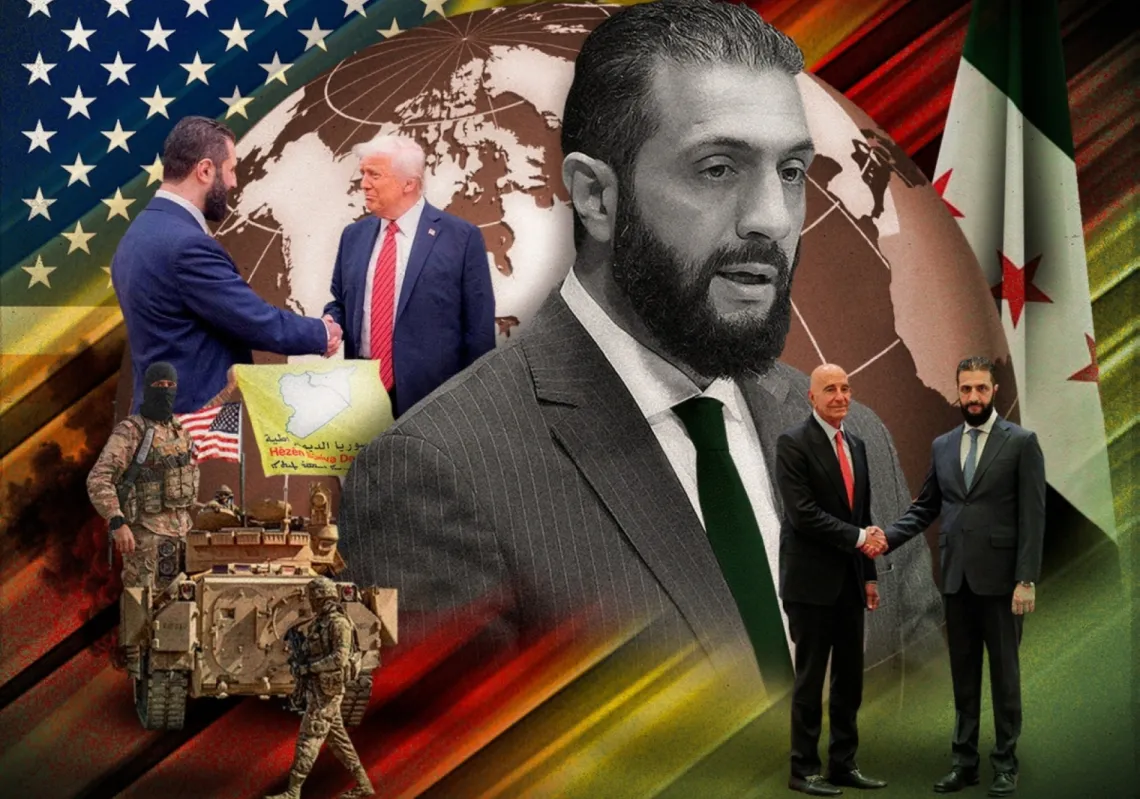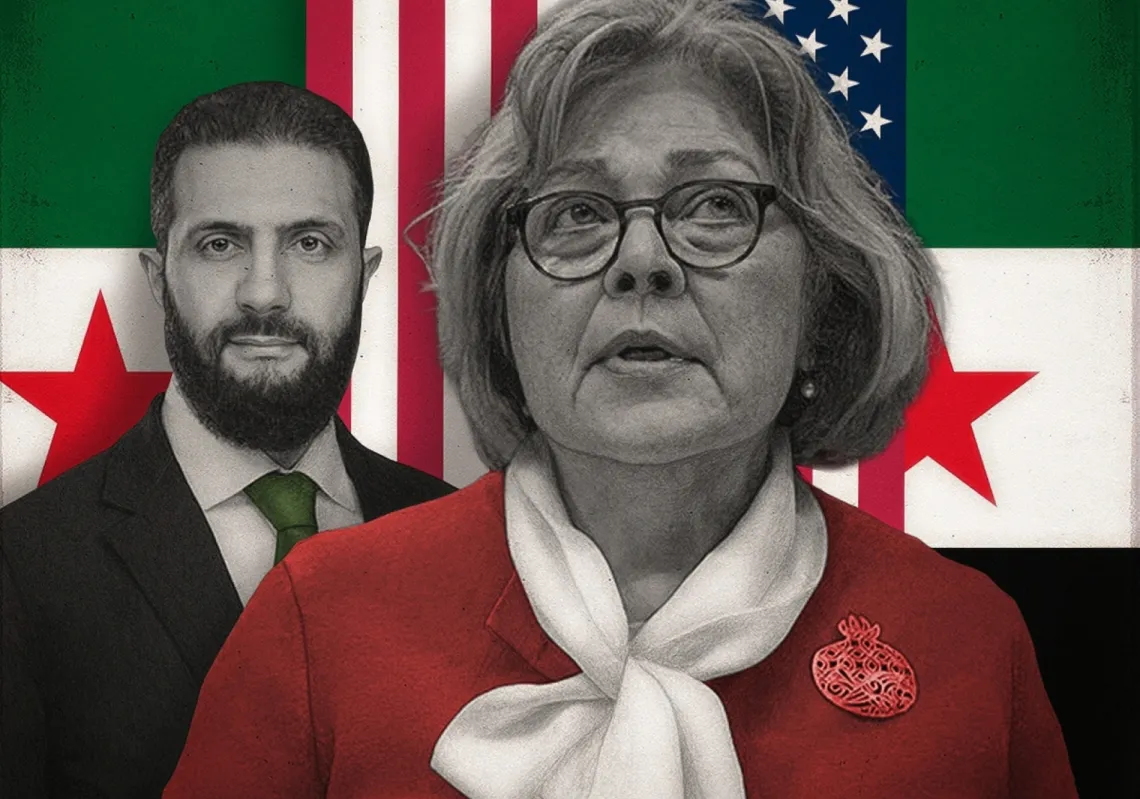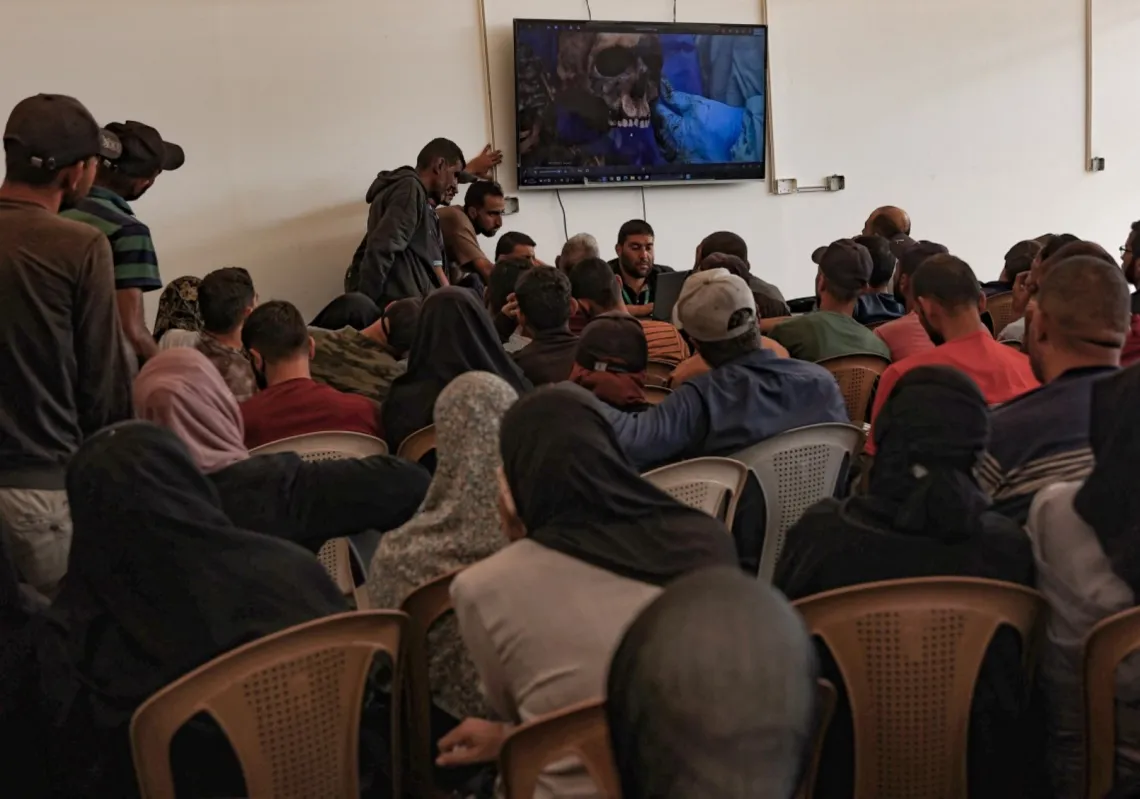The classical model for multilateral trade negotiations would include trade liberalisation through tariff reductions and elimination of non-tariff barriers. This model includes an expectation of active participation by around 40 countries—accounting for 90% of world trade. Among other consequences, many GATT members in the 1960s and 1970s were thus peripheral to the process. This led to skewed results with much less progress in areas where developing countries had a major interest, but where the main players had a defensive attitude, such as agriculture and textiles.
The Doha Round began with a similar model and two major differences: first, following progress in tackling other types of barrier, there was heavy emphasis on the need to deal with trade distortions—especially the effects of export and domestic subsidies in the agricultural sector in the USA and in Europe. Second, the active number of participants had swelled to potentially 120 or more.
Over more than eight years – November 2001 to March 2010 – the negotiations have limped along with moments of progress amid long periods of stalemate or failure: deadlines not respected, discussions collapsed with no result. A strong concentration on two sectors, agriculture and NAMA (non-agricultural market access) tariff cuts, failed to produce an agreed outcome; and also failed to generate the needed progress in other areas such as services, rules or intellectual property, which might have led to a more balanced deal.
There is doubt at least on whether the Doha Round will have a successful outcome. So why is that?
The most obvious factor is that the negotiators have been trying for so long to forge a deal acceptable to the 150 or so WTO members with a conspicuous lack of success. Even before the Round was launched in Doha, Qatar in late 2001, there had already been a collapse of talks in Seattle in 1999. A second collapse happened in Cancun, Mexico in 2003, when negotiations were already well under way. Since then, a further Ministerial Conference in 2005 barely allowed the Round to survive, with little real progress; and there have been further setbacks in 2007 and in 2008 and virtually no progress at all in 2009—the first full year of the Obama Administration.
As a major contributory factor to these regular stalemate situations one would mention, first, that the negotiating model, designed at the end of the 1990s, no longer fits the needs of the members. An effort was made at the Doha conference to re-engineer the model in a more development friendly direction—hence the other title for the Round, the Doha Development Agenda or DDA—but this too was not very satisfactory. It raised excessive expectations that poverty and marginalisation outside world trade would be attacked, but there was no real substance to the effort which would make that happen.
Second one would have to cite a lack of effective leadership, whether at the highest political level (G8 or G20 summits) or among the main players in the negotiation. When the membership rose rapidly after the Uruguay Round there was no immediate move to find a successor group to the Quadrilateral (USA, EC, Japan and Canada) which had previously exercised leadership. The G20 group of agricultural exporters was only formed in 2003, and this has slowly morphed into smaller groups (G.4 with sometimes G.5 or G.6); but they have proved unable to work out the shape of a negotiating compromise that different groups of countries with diverging interests can all accept. On the contrary, members are more and more divided into groups with mutually exclusive aims – for and against tariff preferences, for example; some focussed on agricultural exports while others (net importers) argue for food security.
A third major factor would be the aim for “an ambitious and balanced” outcome which now appears to be beyond the reach of most participants. A quick look at the negotiating complexities in the NAMA sector and in the effort to reduce domestic subsidies in agriculture will be enough to prove the point. Modalities/flexibilities/special products/variable coefficients: clearly the process has become too sophisticated (and complicated) and needs to be simplified and made more manageable.
So is there still a solution that can be found? Many observers in the academic world and the media have written the Round off, with vivid language that includes long years of intensive care, ending in ‘rotting corpses’ and the crematorium. The author is a little more positive; the Round can still be saved but ONLY if leading countries realise that the ambitious original targets of liberalisation set in 2001 are no longer possible. Currently the major countries are hitting their heads against a brick wall, and there is little or no political will to make an effort to circumvent the obstacles. The WTO has embarked on its own stocktaking exercise to see what can be achieved in 2010; but in my view a scaled down version, with a phase one now and a phase two later, looks like the best alternative option.
A more realistic and sustainable target for tariff reductions and market access, coupled with commitments to freeze present spending levels on agricultural subsidies and gradually reduce from that level, is required. Less rigorous tariff cutting formulae will lead to fewer exceptions and fewer special deals to take account of specific features of individual countries. It will be less ambitious than planned – sure – but it could be achieved and would be better than a total failure. At this time, however, ideas such as this still cause political indigestion in Washington and in Brussels, although they might appeal more in Delhi or Beijing.
Roderick Abbott - Former Deputy Director General at DG Trade in the European Commission and Deputy Director General at the World Trade Organization








